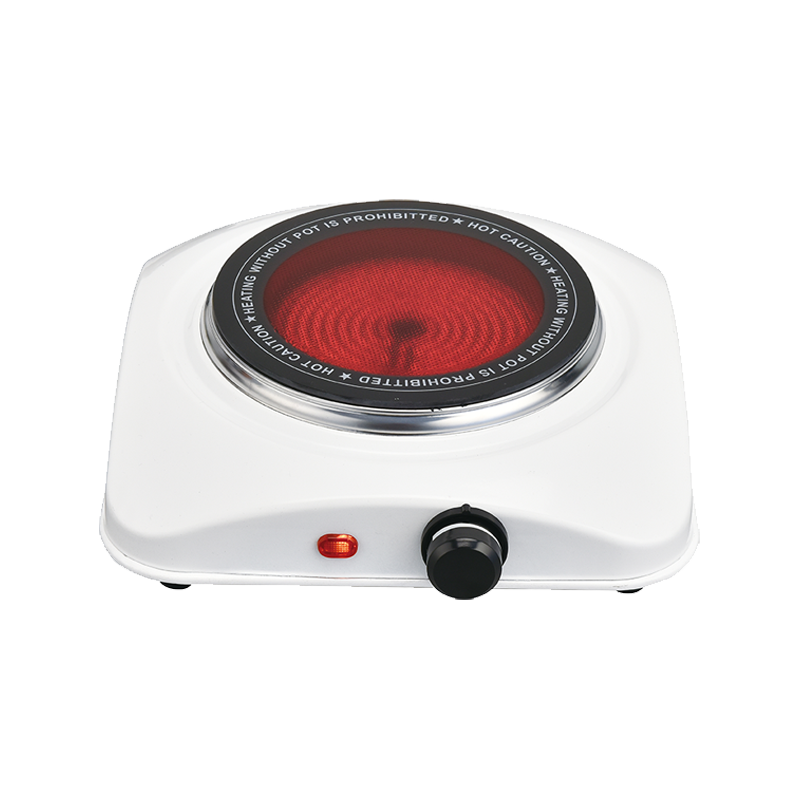Ceramic hot plates are renowned for their durability and ability to withstand high temperatures, making them a preferred choice for a variety of applications. Unlike traditional metal hot plates, ceramic hot plates excel at providing even heat distribution, which ensures that materials are heated uniformly across the surface. This feature is particularly valuable in scientific and industrial settings, where precise temperature control is critical.
The high-temperature resistance of ceramic materials is one of the most significant advantages of ceramic hot plates. These plates can endure temperatures exceeding 300°C, and in many cases, they are designed to operate at even higher temperatures without compromising their integrity. This makes ceramic hot plates ideal for tasks requiring sustained high heat, such as chemical reactions in laboratories or melting and heating processes in industrial settings.
Another key benefit of ceramic hot plates is their energy efficiency. Ceramic plates heat up quickly and retain heat longer, allowing them to maintain consistent temperatures with less energy input. This results in faster processes and reduced energy consumption, making them both cost-effective and environmentally friendly.
Additionally, the smooth surface of a ceramic hot plate is easy to clean and resistant to corrosion, which makes maintenance simple and straightforward. Whether in a laboratory where spills are common or in a kitchen where accidental splatters might occur, the ceramic hot plate’s surface can be wiped clean with minimal effort.
Overall, ceramic hot plates combine superior heat resistance, energy efficiency, and ease of maintenance, making them an essential tool in many professional environments. Whether you're conducting high-temperature experiments or preparing culinary dishes, a ceramic hot plate delivers reliable performance that ensures both safety and precision.

